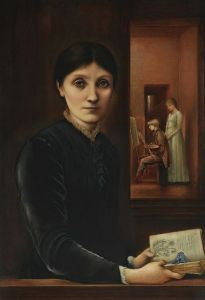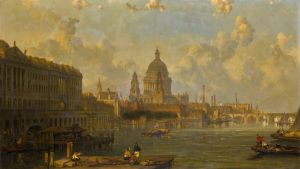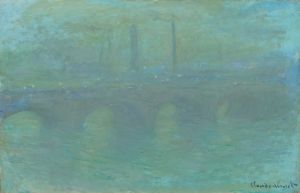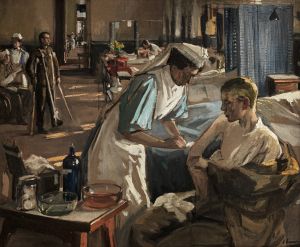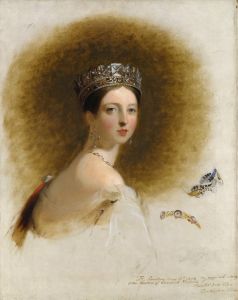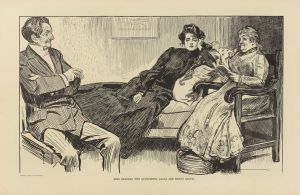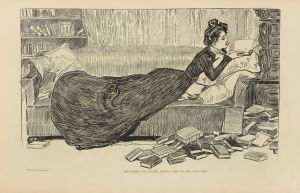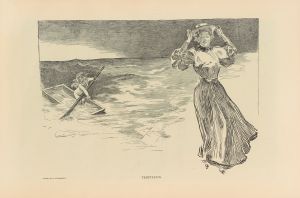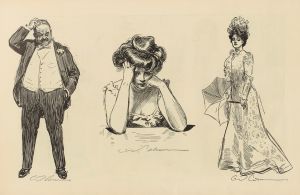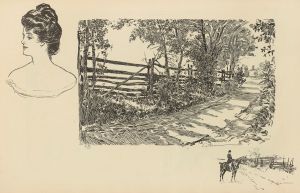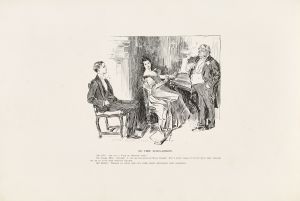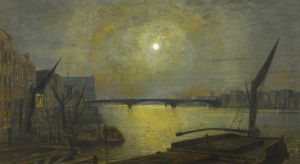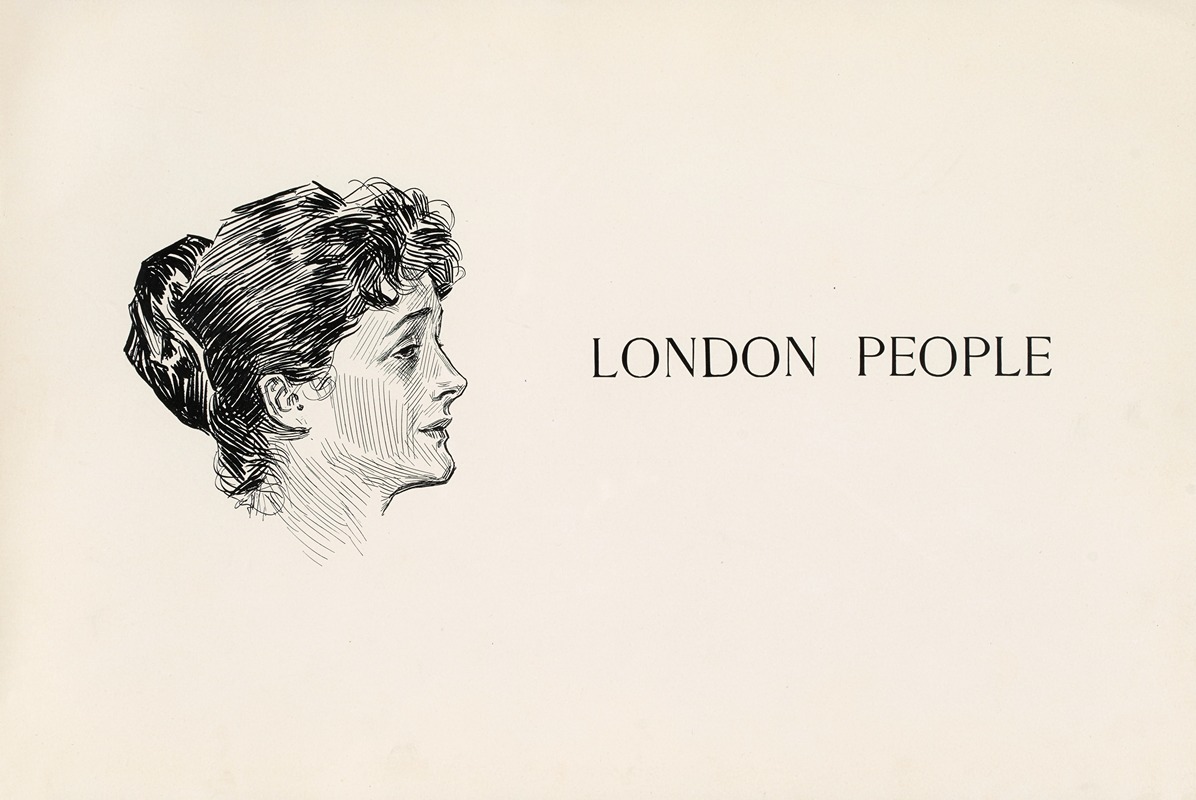
London People
A hand-painted replica of Charles Dana Gibson’s masterpiece London People, meticulously crafted by professional artists to capture the true essence of the original. Each piece is created with museum-quality canvas and rare mineral pigments, carefully painted by experienced artists with delicate brushstrokes and rich, layered colors to perfectly recreate the texture of the original artwork. Unlike machine-printed reproductions, this hand-painted version brings the painting to life, infused with the artist’s emotions and skill in every stroke. Whether for personal collection or home decoration, it instantly elevates the artistic atmosphere of any space.
Charles Dana Gibson was an influential American illustrator, best known for his creation of the "Gibson Girl," an iconic representation of the American woman at the turn of the 20th century. Among his many works, "London People" stands out as a notable piece, reflecting his keen observation and artistic interpretation of social scenes.
"London People" is a black-and-white illustration that captures the essence of London society during the Edwardian era. Gibson's work often depicted the social dynamics and fashion of the time, and this piece is no exception. The illustration showcases a variety of characters, each meticulously drawn to reflect the distinct personalities and social standings prevalent in London during that period.
Gibson's style is characterized by its detailed line work and the ability to convey complex social interactions through facial expressions and body language. In "London People," he employs these techniques to portray a scene bustling with life and diversity. The characters in the illustration are dressed in the fashion typical of the early 1900s, with men in suits and hats and women in elegant dresses, complete with the elaborate hats that were in vogue at the time.
The setting of "London People" is likely a public space, such as a park or a street, where individuals from different walks of life would converge. This setting allows Gibson to explore the contrasts and interactions between various social classes, a theme that was common in his work. The illustration might include gentlemen and ladies engaged in conversation, children playing, and perhaps vendors or workers going about their daily routines.
Gibson's work was widely published in magazines such as Life, Harper's Weekly, and Scribner's, making his illustrations accessible to a broad audience. His depictions of social life were not only artistic expressions but also commentaries on the societal norms and expectations of his time. "London People" would have contributed to this dialogue, offering viewers a glimpse into the complexities of urban life in London.
The impact of Gibson's illustrations extended beyond their immediate artistic value. They influenced fashion, popular culture, and even the perception of gender roles during the early 20th century. The "Gibson Girl," for example, became a standard of beauty and independence for women, and while "London People" may not focus on this archetype, it shares the same attention to detail and cultural insight.
In summary, "London People" by Charles Dana Gibson is a testament to the artist's skill in capturing the vibrancy and diversity of early 20th-century London society. Through his detailed line work and keen observation, Gibson provides a window into the social dynamics of the time, making his work both an artistic achievement and a valuable historical document.





